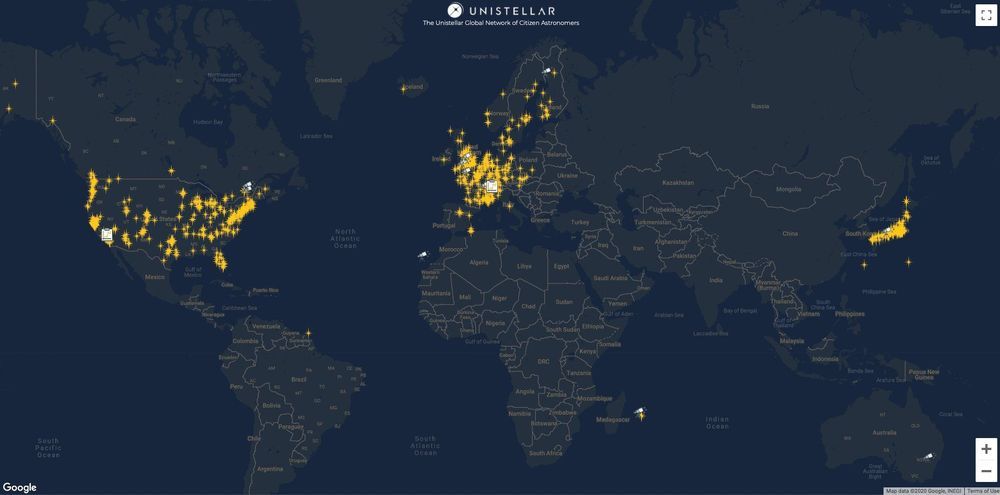New research[1] presented at the 29th EADV Congress, EADV Virtual, shows that socks coated in zinc oxide nanoparticles (ZnO-NPs) can prevent bromodosis (foot odor) and pitted keratolysis (bacterial infection causing smelly feet), reducing the negative impact this embarrassing condition has on quality of life.[2]
Developed by the Royal Thai Airforce, the ZnO-NP-coated socks were trialed in a real-life setting by researchers at Siriraj Hospital, Mahidol University in Thailand. They found that the antibacterial efficacy of ZnO-NPs, along with its safety and compatibility with human skin, makes it the perfect compound to incorporate into textiles, including socks, to prevent unpleasant foot odor.
The double-blinded, randomized, controlled trial was conducted with 148 cadets at the Thai Naval Rating School. Bromodosis and pitted keratolysis are a common complaint in military personnel, with foot lesions, including pitted keratosis, occurring in over a third of naval cadets in Thailand (38.5%).[2]








